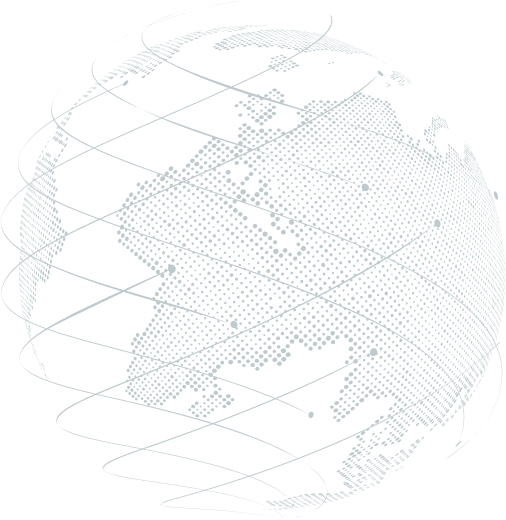 History
History
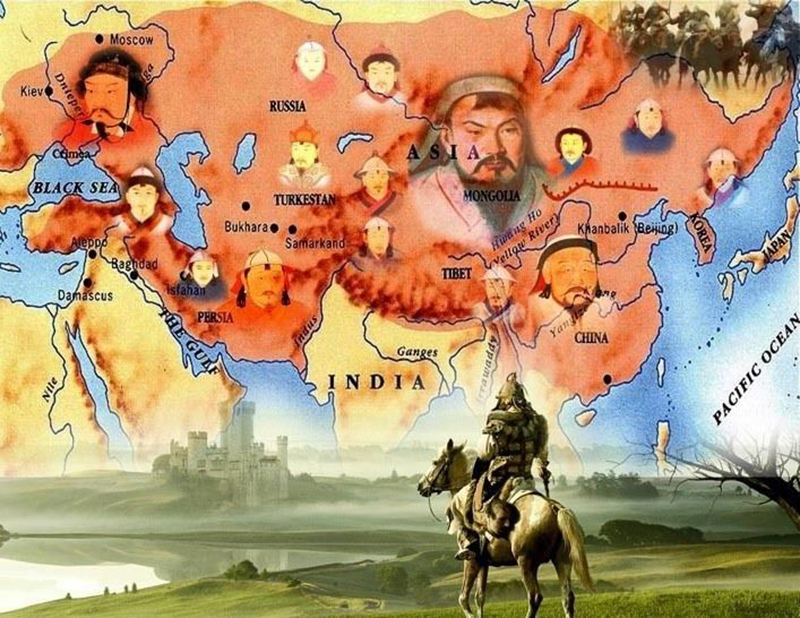 The establishment of the horse-drawn carriage service in 1235 on the initiative of Kublai Khan marked the beginning of the development of the first transport sector in Mongolia. Modern mechanized vehicles have been introduced to Mongolia since the beginning of the 20th century, and during the years of the People's Revolution in 1921, the traditional horse-drawn carriages were the main means of transport. As the country's economy developed, it was unable to cope with the increasing volume of cargo and passenger transport, so in 1925, the first Mongolian transport organization, the "State Transport Office", was established, laying the foundation for the Mongolian road transport organization. In 1929, the Mongolian Trans Company equipped 3 freight cars and began transporting people on the "Ulaanbaatar-Amgalanbaatar" route, laying the foundation for urban passenger transport.
The establishment of the horse-drawn carriage service in 1235 on the initiative of Kublai Khan marked the beginning of the development of the first transport sector in Mongolia. Modern mechanized vehicles have been introduced to Mongolia since the beginning of the 20th century, and during the years of the People's Revolution in 1921, the traditional horse-drawn carriages were the main means of transport. As the country's economy developed, it was unable to cope with the increasing volume of cargo and passenger transport, so in 1925, the first Mongolian transport organization, the "State Transport Office", was established, laying the foundation for the Mongolian road transport organization. In 1929, the Mongolian Trans Company equipped 3 freight cars and began transporting people on the "Ulaanbaatar-Amgalanbaatar" route, laying the foundation for urban passenger transport.
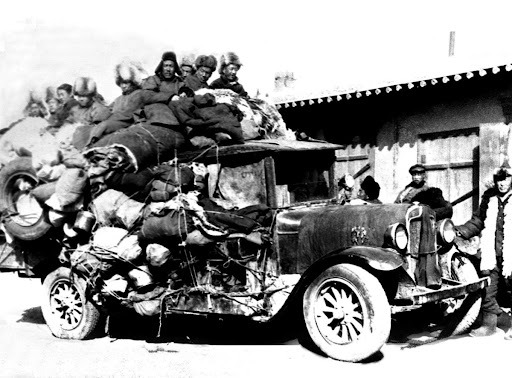 From this point on, an integrated public passenger transport service system was established by selecting rolling stock to operate in accordance with passenger flow, providing dispatcher control over the movement of transport vehicles, establishing an independent inspection service for public transport services, conducting a comprehensive study of passenger flow, improving the tariff and salary system, and training drivers, conductors, technicians, and employees through special courses.
From this point on, an integrated public passenger transport service system was established by selecting rolling stock to operate in accordance with passenger flow, providing dispatcher control over the movement of transport vehicles, establishing an independent inspection service for public transport services, conducting a comprehensive study of passenger flow, improving the tariff and salary system, and training drivers, conductors, technicians, and employees through special courses.
In 1935, the Commercial Automobile Base, in 1954 the Auto-Taxi Motor Base, and in 1965 the Automobile Base for Foreign Professionals were established in the capital city. In November 1940, the Ministry of Road Transport of the Mongolian People's Republic was established to centralize and manage various transportation and road construction works. In view of the indispensable requirement to consolidate, coordinate, and diversify the activities of the capital's automobile enterprises, the Ulaanbaatar City Transport Administration was established by Order No. 141 of the Mongolian People's Republic's Central Executive Committee in 1969.
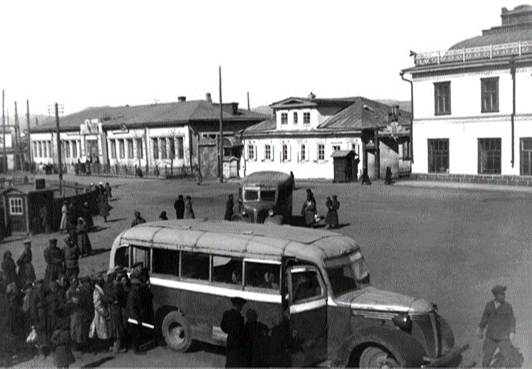 Under the Transport Administration, bus, taxi, and specialist service stations, integrated transport fuel supply and urban social supply service stations were transferred and merged, and diversified service stations for cargo, household transport services, and water and food and vegetable transportation were established and operated for the needs of the capital's organizations and citizens. In 1987, a new trolleybus transport service was created in the city's transport system. The transport sector transitioned to a market economy, and the majority of the capital's centralized transport was privatized, and the state-owned Bus-1 Company, Bus-2 Company, Bus-3 Company, and Electric Transport Company performed the majority of public passenger transport services.
Under the Transport Administration, bus, taxi, and specialist service stations, integrated transport fuel supply and urban social supply service stations were transferred and merged, and diversified service stations for cargo, household transport services, and water and food and vegetable transportation were established and operated for the needs of the capital's organizations and citizens. In 1987, a new trolleybus transport service was created in the city's transport system. The transport sector transitioned to a market economy, and the majority of the capital's centralized transport was privatized, and the state-owned Bus-1 Company, Bus-2 Company, Bus-3 Company, and Electric Transport Company performed the majority of public passenger transport services.
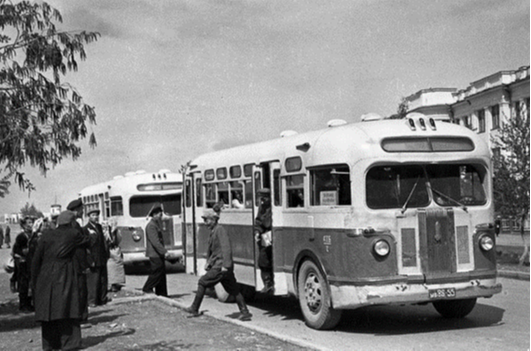 The department is responsible for organizing and coordinating services to meet the ever-increasing demand for public passenger transport services of the capital's citizens and residents, and for implementing administrative control in the sector. The department was established by the Government in 1997 as the City Transport Regulatory Department, in 2001 as the City Transport Department, in 2002 as the Capital Roads and Transport Department, in 2004 as the Capital Transport Regulatory Department, in 2006 as the Capital Public Transport Department, in 2012 as the Capital Public Transport Department, in 2019 as the Public Transport Service Department, in 2023 as the Capital Public Transport Department, and in 2024 as the Capital Governor's Decree No. A/443, which established the structure and staffing limits of the "Public Transport Policy Department" and the Capital Governor's Decree No. 2024 By decree A/536, the charter of the organization was approved.
The department is responsible for organizing and coordinating services to meet the ever-increasing demand for public passenger transport services of the capital's citizens and residents, and for implementing administrative control in the sector. The department was established by the Government in 1997 as the City Transport Regulatory Department, in 2001 as the City Transport Department, in 2002 as the Capital Roads and Transport Department, in 2004 as the Capital Transport Regulatory Department, in 2006 as the Capital Public Transport Department, in 2012 as the Capital Public Transport Department, in 2019 as the Public Transport Service Department, in 2023 as the Capital Public Transport Department, and in 2024 as the Capital Governor's Decree No. A/443, which established the structure and staffing limits of the "Public Transport Policy Department" and the Capital Governor's Decree No. 2024 By decree A/536, the charter of the organization was approved.
